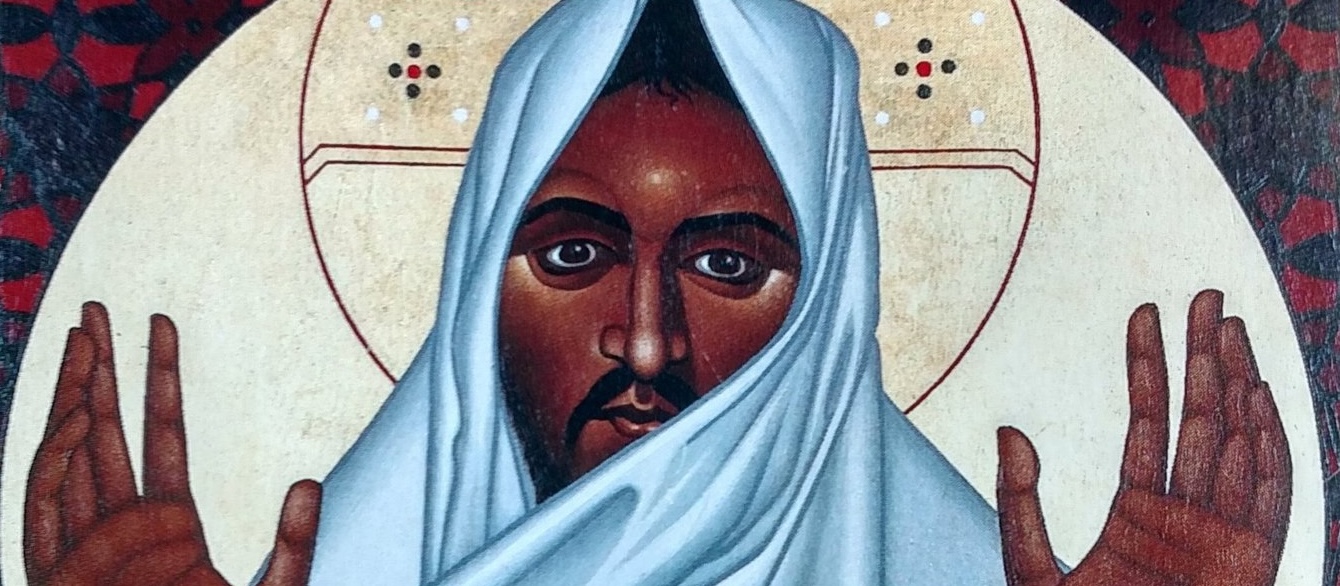2024 BOTW Club, Week 4: I’ll Take One Serving of Jesus, Hold the Patriarchy

For the past several years, I have read very few books. A once avid reader and creative writer, I had done neither at any significant amount in what feels like a lifetime. So, in 2024, I will continue to to read at least a book a week… and as is my true self (see Letterboxd, Untappd, and other such list apps that I’ve filled up with my selections for year), I must log every book or it feels like it didn’t happen. While I have a Goodreads account, some of the self-published and independent works in my collection aren’t seemingly available to log in any such app. So… I figured that there was no better place to share my weekly reads than right here on The Farsighted.
Thanks for embarking with me on my 2024 literary journey – my own personal book club of sorts – and please feel free… even encouraged to comment on the books I cover, grab copies for yourself, and recommend future reads for me in the comments or via email.

This week, I veered off from horror/horror adjacent stories and novellas to the first “religion” book I’ve purchased in years. Recommended on a podcast I listen to (and if I remembered which one, I’d give them credit, but I genuinely forget), I used the last of an Amazon giftcard I had to snag a used copy of Neil Douglas-Klotz‘s Prayer of the Cosmos: Reflections on the Original Meaning of Jesus’s Words. The book primarily focuses on reading “The Lord’s Prayer” in Aramaic, Jesus’s native language.
Before I go any further, here’s a (brief) bit of my background for those who haven’t been around this site or my podcasts for the past several years. I’m a PK – what those of us who speak Christianese call a child of a church leader, aka “pastor’s kid” – and grew up extremely heavily immersed in the American Baptist Church. Despite my significant involvement in church, my parents weren’t overly protective and I went to public school, thus I was exposed to the same things the average late Gen-X/early Millennial would have been. Thus, I’ve always been fascinated by the intersections of faith and the arts. In fact, this site and a couple of my podcasts were founded with the idea of exploring film, music, and other culture touchpoints in the light of faith, religion, and spirituality. While I enjoy some “Christian” art – notably some music artists, as it’s very rare a Christian film production is anything better than “watchable” to me (and even in that case, there are few I can even consider at that level) – I was always most interested in faith in popular art and culture… ie. films like A Clockwork Orange, songs like Bad Religion’s “American Jesus”, etc.
In the past several years, my divorce with the Church has become all but finalized, but that doesn’t mean I’m not still interested in my personal faith and exploring the person of Jesus Christ. In fact, recently I decided that I plan to start a new column on this site called “Notes from Your Friendly Neighborhood Heretic” and I also plan to use the book we’re highlighting here today as the inspiration for a short column covering a chapter/section of this book each week, likely beginning in February.

With all of this in mind, I grabbed this book and read it through once so far. The idea of it is simple… it’s a look at the words of Jesus in his native tongue, the spiritual basis of his family’s culture, and literary tradition of the time. The book explores what Jesus actually said and meant in Aramaic through the lens of understanding the Hebraic mysticism of the time in which he spoke.
A tradition of both native Middle Eastern and Hebraic mysticism says that each statement of sacred teaching must be examines from at least three point of view: the intellectual, the metaphorical and the universal (or mystical).
So, as Dr. Douglas-Klotz notes above (from his introduction), to understand teachings of this period, it’s important to look at (at least) these three different points of view at all times.
- Intellectual – this is basically the “literal” meaning, but in translating the prayer, he is sure to look at all possible translations of the ancient Aramaic.
- Metaphorical – here he’s looking at the passage as a “statement” that applies to the lives of those listening to Jesus’s words. He describes this point of view as needing the reader to “awaken our poetic sensibility”.
- Universal – this is the more “mystic” quality of the words, moving beyond simple affirmations, praise, prayer, or parable.
The book is a fascinating read and one that was warrants a deeper dive – such as my aforementioned column/series that I intend to start in the coming weeks. For now, I leave you with jsut a small taste and recommend this to anyone interested in reading the words of Jesus without the lens of modern patriarchy, Evangelical self-righteousness, or religious desire to put God in a box. As the back cover states, this unique book “reveals a mystical, feminist, and cosmic Christ”.





